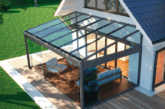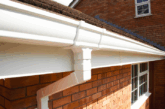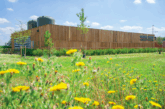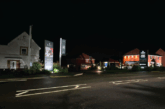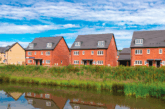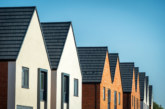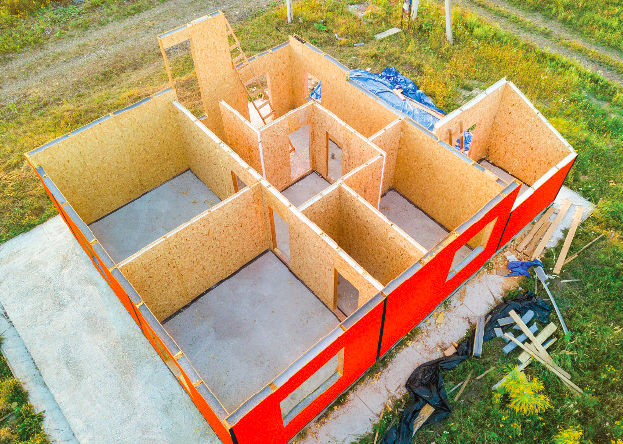
While the government is focused on eradicating the ‘blockers to building’, the housebuilding industry’s preoccupation with brick and block masonry construction may start to stand in the way of the required speed of delivery. Here, Brian Adams, Senior Director of Sales and Business Development at Arclin, explores some of the myths that might be ‘blocking’ housebuilders from building homes with timber.
The government has set itself an ambitious target of building 1.5 million homes over the next parliamentary term. It’s keen to succeed where successive governments have failed, so is currently overhauling the planning process and taking steps to close the construction skills gap. This means the majority of new home delivery will be weighted towards the latter end of its fiveyear term, so housebuilders must be ready to deliver homes at speed and at scale.
Timber is widely seen as part of the solution to speed up the delivery of new, sustainable homes. For example, the government’s Timber in construction roadmap, updated in 2025, advocates the use of wood in construction. Currently, however, just 23% of new homes in England are built using timber frame solutions. The problem seems to be that certain myths perpetuate, leading to timber frame building being perceived poorly in comparison to brick and block.
Myth: Timber is a fire risk
Fact: Questions around the combustibility and fire safety of timber can be traced back to the Great Fire of London in 1666. Today though, timber is as safe to build with as other materials. When it burns, it does so at a predictable rate and charcoal forms on the surface, protecting and insulating the core. The wood itself is treated with chemicals to increase its fire resistance rating while construction methods are designed to protect the timber from direct fire sources. As a result, modern timber frame buildings meet and surpass the UK’s stringent fire safety standards, such as Part B Dwellings (England).
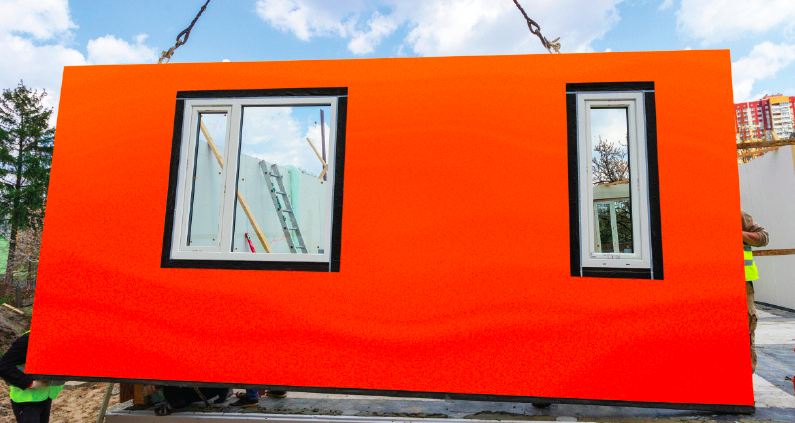 Myth: Masonry construction is more energy efficient
Myth: Masonry construction is more energy efficient
Fact: This myth has come about because of thermal mass, essentially how a material absorbs and stores heat. At a basic level bricks have greater thermal mass than wood, although timber is also an extremely good insulant. However, where energy efficiency is concerned, focusing on thermal mass alone is outdated – the priority now is air tightness and very high levels of insulation. Timber offers ease of construction and higher levels of precision than masonry, especially if offsite construction methods are used, which reduces thermal bridging and improves air tightness. Timber also allows for more design flexibility than masonry construction. This means that timber frame buildings can be manufactured with wider cavities, which can be filled with greater levels of insulation to meet increasingly strict energy efficiency standards. As a result, timber frame is a popular choice for highly energy efficient properties that meet Passivhaus standards.
Myth: Wet weather during construction poses a risk to timber frame homes
Fact: Yes, moisture can cause wood to rot. But if it were a common problem then Scotland, arguably known for some of the wettest weather in the UK, wouldn’t build 92% of its homes from timber. The key is to protect the wood and create a weathertight shell as quickly as possible. New technology means that OSB sheathing boards can now be fused with integrated weather resistant barriers, such as Arclin’s Arctek® Dryshell™. This means that timber frame walls, SIP systems and cassettes are delivered to site with a highly durable, weather resistant layer already in place. As a result, they deliver a weather-tight shell more quickly, overcoming the risk of moisture penetrating timber panels during construction. Alongside this, their vapour permeability allows incidental vapour to escape the building envelope to avoid interstitial condensation.
Myth: Masonry construction costs less to build
Fact: Timber frame construction is often cheaper than traditional brick and block methods. One of the biggest factors behind this is speed of programming. Offsite manufacturing means that developers can build homes much faster with less skilled labour. It also reduces onsite waste and increases precision, ensuring better performance standards. The faster completion time also leads to quicker returns on investment and allows housebuilders to move onto their next development sooner.
So, as the UK races to meet its ambitious housing targets, it’s clear that clinging to outdated myths around timber construction could hinder progress. Timber is a safe and energy-efficient building material that offers significant advantages in terms of speed, cost and sustainability. What’s more, combining timber with new technologies, such as integrated weather resistant barriers, ensures that timber frame products deliver long term durability and performance. Ultimately, if housebuilders are to keep pace with government goals, then it’s time to remove the block on timber and recognise that it has a proven role in the future of UK housing.
For more information go to, www.rdr.link/dbf036



